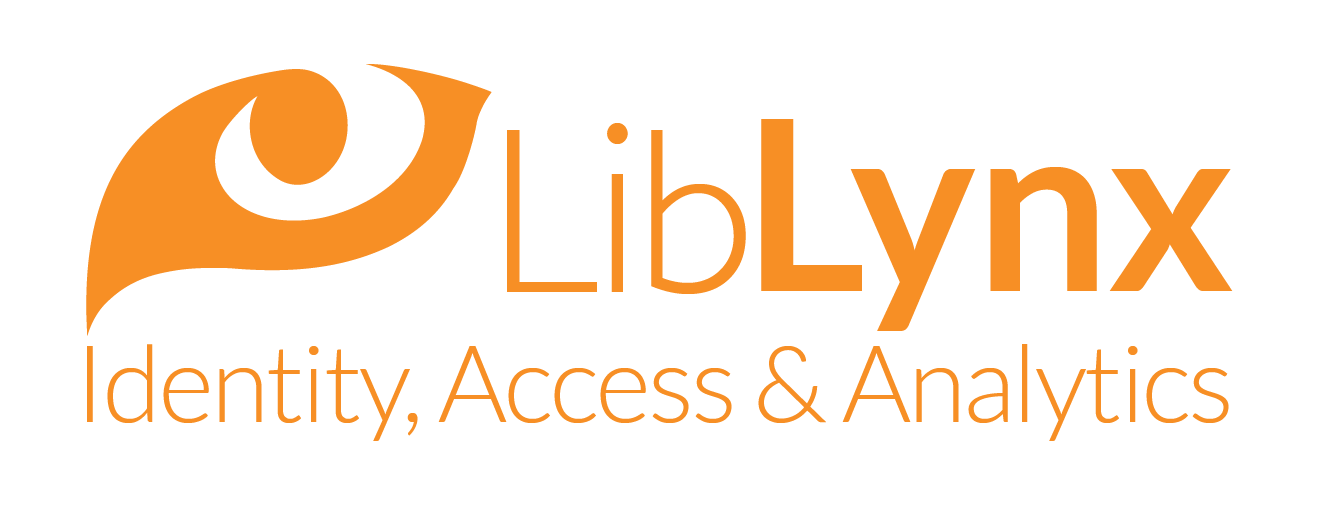One of the most common frustrations we hear from librarians is the challenge of getting patrons to not only use familiar resources, but to also try out new ones.
We know that the patience of users can be measured in seconds, and so every extra barrier we put in their way deters usage.
So, in the spirit of renewal as we head into spring, we’ve pulled together six techniques to help you deliver a more effective library portal experience.
1) Enable access to all subscription resources from a single portal
It may seem obvious, but often a library’s legacy access infrastructure forces users to access resources via multiple entry points.
Some resources may be limited to onsite access only and can only be made available via the organization’s intranet. This often results in libraries having to maintain separate internet and intranet portals, in many cases designed by non-library staff with little to no input from the library, and maintained outside the library (and not always on a timely basis).
“We use a hodge podge of access methods – depending upon the resource, who needs access and from where” (Focus group participant)
Another cause can be departments purchasing and integrating resources into the desktop separately from the library portal (particularly publishers that market outside the library).
And every additional destination might add another layer of credentials for users to remember.
2) Curate resource sets to meet user needs
Many libraries serve multiple distinct sets of users, such as subject specialists, for whom only a small set of resources may be relevant. Curating custom sets of resources reduces time spent searching, and allows you to generate more value by improving discovery.
Even better, allow users to customize their experience so that the library portal they see is tailored to their needs and promotes specific resources when they login.
3) Allow users to create favorites lists
Another simple way to encourage repeat visits is to lower the ‘re-entry’ cost i.e. the time spent finding the useful resources you discovered previously. The traditional method is to let users manually build their own lists of URLs, but a much better approach is to enable them to create lists of favorites within their personal portal.
“It would help our users if they could easily create their own list of favorite resources instead of wasting valuable time “re-discovering” the resources they want to search” (Medical Library conference attendee)
There are a couple of approaches to this we recommend. The first is to allow users to tag resources they like, populating a favorites list as they go. The second is to automatically build lists of frequently accessed resources.
4) Integrate searching of external discovery services
Discovery services like Google Scholar and PubMed are integral to many users’ search strategies, so why not make it easier for your users and enable them to be searched from within your library portal? Adding custom search boxes saves time for users and reinforces the value of available paid resources.
“It is absolutely logical to include discovery services like PubMed and Google Scholar on our library portal – it eliminates time spent going to multiple sites” (Academic Library manager)
This feature is even more powerful when the discovery services can customize full-text links to redirect via a proxy server to provide seamless access to paid resources, reinforcing the value provided by the library.
5) Incorporate select free resources
Your users don’t care whether a resource is free or paid; just whether it’s relevant. By incorporating select free resources into your library portal, you help users improve their productivity while reinforcing the value of the library. Some free resources are fantastic, so include links to them too.
Better still, ask your power users for recommendations of relevant, high quality free resources and incorporate them into your library web portal. Your users might also appreciate a link to one of the high-quality, app review sites, such as www.imedicalapps.com.
6) Tailor landing pages to streamline access
Eliminate unnecessary clicks by reviewing your resource links to spot opportunities to tailor the URLs to more direct and relevant landing pages. For example, your library may subscribe to a handful of specific journals from Nature. Rather than linking to the generic Nature landing page, provide a list of specific links to those journals. You’ll save time for your users, and better promote the content you’re paying for.
“Our patrons get frustrated having to click on numerous links to get to a resource – they just want to search a specific resource” (User experience librarian)
If your existing library access infrastructure can’t support any or all of these enhancements, please contact us to learn more about how LibLynx Gateway can drive more usage of your library resources.
Image Credit
Image adapted from Sabotage de ponts en Indochine by manhhai (used and adapted under cc-by-2.0 license)


